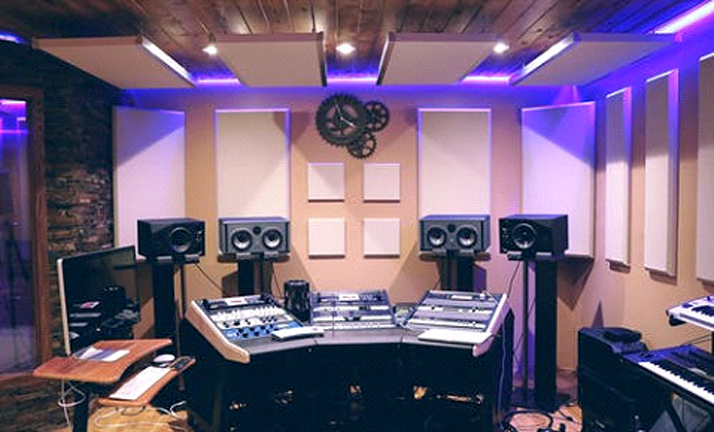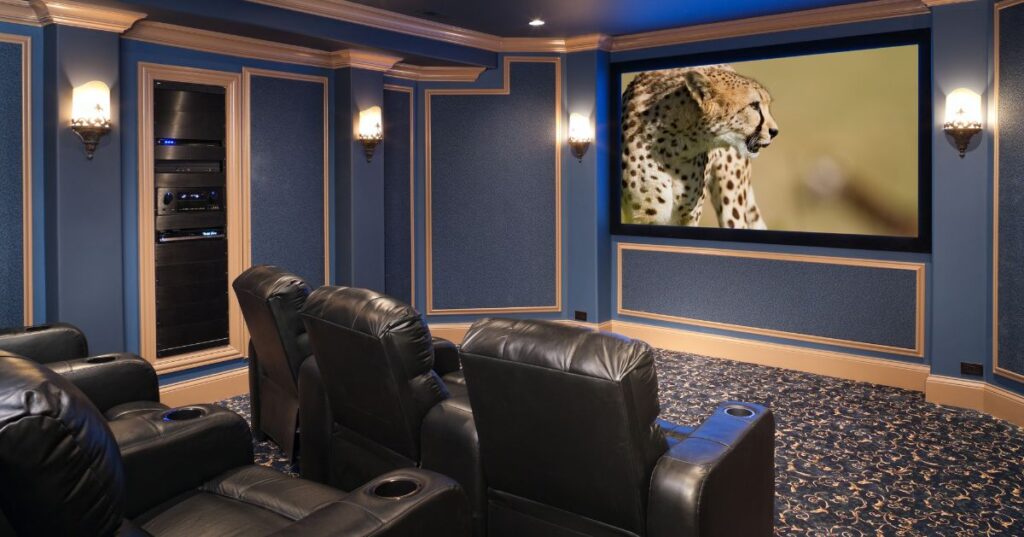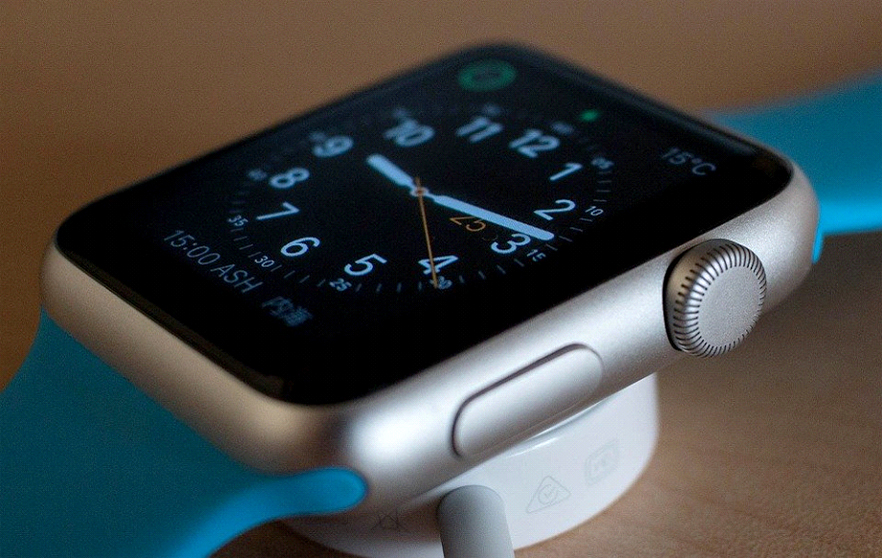The computer’s audio port is any jack or jack that accepts audio devices such as speakers, headphones, and microphones. All laptops and some desktops have built-in speakers, but you’ll need to connect external audio through one of the ports to improve sound and privacy.
The computer’s audio port connects your computer’s sound hardware to speakers, microphones, headsets, or other audio devices. Every computer’s motherboard has at least a few simple audio connectors that allow you to connect stereo speakers and a microphone. Computers with high-end motherboards and discrete audio cards have additional ports for connecting surround sound speakers or external sound systems.
Computers have a variety of audio sources, including music CDs, online videos, and games. All sounds, regardless of source, begin as digital audio (numbers in the file). You need to convert the audio to analog format between the source file and the speakers. The microphone captures an analog audio signal that is converted to digital. The conversion is done inside or outside the computer, depending on the type of port.
Audio Ports That Connect To An External Home Theater Audio System
Analog Audio Connector
Up to two speakers and a subwoofer can be connected to the basic audio port, which is commonly designated “audio out,” “line out,” or “headphones.” Plug the audio cable into the green audio out port to connect a pair of stereo speakers or headphones.
If you have a mic, either standalone or built into a headset, connect its cable to the pink microphone port. If your audio ports don’t have color coding, look for engraved icons of a microphone and a pair of headphones to tell the two apart. Surround-sound speakers add additional color-coded cables that match up with the black and orange audio ports on some computers.
USB Audio Port
The USB port on all computers today can be used as an audio port. Some external speakers and headphones, especially headsets that consist of headphones and a microphone, connect to a USB jack. Since the audio signal transmitted over USB is digital, it can be a higher quality audio source. But it must be converted from the analog or analog signal by an external device, which affects sound quality.
Additional Analogue Ports
Many computers feature additional analogue ports that can be used to connect additional speakers for surround sound. These include the back (black), side (silver), and center (subwoofer) speakers (orange). A line-level input, denoted by a blue 1/8-inch receptacle, can be utilized to capture sound from an external audio system. A sound card can be used to expand a computer’s audio connections.
Ports For Digital Audio Output
S/PDIF stands for Sony/Philips Digital Interface and refers to one of two types of digital audio outputs found on some computers. An RCA-style connector, similar to the composite cables used with a DVD player, is one sort of digital interface that is rarely seen on computers. Toslink (Toshiba Link) is a more popular digital audio connection that appears like a glowing red light.
Over a fiber-optic cable, this light transfers audio data. Neither type of digital audio port can be used to directly connect a pair of speakers: External amplifiers, sound systems, and digital-to-analog converters can all be connected to digital audio outputs.
FAQ
What ports are capable of transmitting both digital audio and video?
DisplayPort is an interface technology that connects high-graphics-capable PCs and monitors, as well as home theatre equipment and displays. DisplayPort transmission is similar to HDMI in that it provides both digital audio and video.
Which audio port connects to an external home theater audio system that outputs digital audio?
When a Sony-Philips Digital Interface sound port is connected to an external home theater audio system, digital audio output and the greatest signal quality are provided.
Is a Hi-Speed USB port or a SuperSpeed USB port faster?
Hi-Speed 2.0 is quicker than SuperSpeed USB 3.0.
Bonus Tip
A single 1/8-inch audio jack is found on some laptops. These computers employ software to detect whether headphones, microphones, or headsets are plugged in.
The two types of devices, analogue and digital, are not interchangeable. There are no adapters that will allow a USB headset to be connected to a 1/8-inch audio jack, and altering the plug will not work. Similarly, while the RCA SPDIF connector will fit into any audio system’s line input, it will not operate. It needs to be plugged into a digital input.







